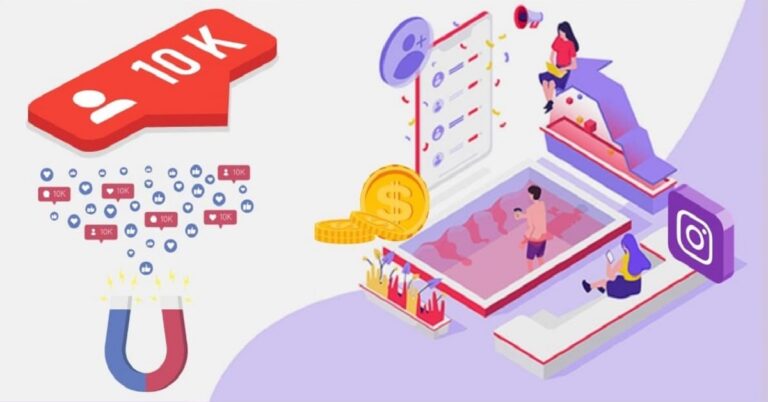Is the Google Play Store or Apple’s App Store more lucrative for game developers?
They’re the two great rivals in the smartphone app-store space, their competition dating back to 2007, the year they were both unveiled. That’s right, we’re talking about the big matchup between Apple’s App Store and Google’s Play Store.
The statistics tell their own story about why mobile games are such big business these days; as of 2023, there are believed to be about 6.92 billion people around the world who use at least one smartphone. This equates to almost nine in 10 (86.11%) of people who live on this planet owning a smartphone.
And when it comes to the subject of which operating system any given person’s smartphone runs on, the data makes similarly clear that they will probably be using either Android or iOS.
According to Statcounter, Android enjoyed a 70.79% share of the global mobile operating system market, as of June 2023. Apple’s iOS was in a comfortable second place with 28.44%, while the next closest competitor – Samsung – held a meagre 0.38% share.
So, you can probably begin to see why, as far as mobile game developers are concerned, they have a simple decision on which operating system to produce games for. Their decision is between Android, for which Google’s Play Store is the official app store, or iOS, for which Apple’s App Store is the official app store.
So, should the bigger market share mean you automatically choose Android?
If you are reading this as a mobile game developer attempting to decide which would be the most lucrative platform to produce games for, you might imagine that a 70%+ market share kills a below-30% market share stone dead – and that your decision is therefore practically made already.
To that, we say: not so fast. You see, despite the above massive difference in market share, and the fact that the Apple App Store had many fewer available apps than the Google Play Store as of 2022 (1.6 million versus more than three million), iOS users actually spend twice as much money as their Android counterparts on apps, in-app purchases, and subscriptions.
There are a few different reasons for that. Past research has indicated that Android users tend to place a lot more value on free apps than iOS users. Users of Android devices also tend to be older and to have more modest incomes than comparatively younger and more affluent iOS users, who therefore skew towards having greater disposable income to possibly spend on apps.
It’s hard not to be impressed by a situation in which an app store enjoys almost double the revenues of its obvious competitor, despite having less than half the competitor’s market share. And yet, that’s exactly what Apple has achieved with its App Store and iOS.
Are there any other factors that will swing your decision?
Yes, there are quite a few. One further advantage that Apple has is the reputation it enjoys for the quality of the apps in its App Store; it is known for the strict guidelines it sets with regard to such factors as the interface, uniqueness, and usefulness of the apps that seek to be admitted into its App Store. And about 40% of the time, when an app is rejected by Apple in this process, it is due to the given app not having been completed enough to the Cupertino firm’s standards.
This contrasts with the much slacker approach to app quality that Google takes; provided that the app isn’t illegal and doesn’t contain nudity or malware, the developer can be sure of getting their app into the Google Play Store.
Unfortunately, such an ethos has led to the Google Play Store having a surfeit of apps that look and function very similarly to each other, or that barely even seem to be finished.
By contrast, with Apple generally taking up to 48 hours or so to review and approve an app, compared to the approximately two hours or less that Google reputedly takes, it shouldn’t be a massive surprise that apps from the Apple App Store are often regarded as higher in quality and better designed and developed.
In addition, developers have often said that they find it a more efficient process to develop apps for iOS than for Android. This is due to the narrower range of device formats that they need to design for, as well as Apple devices being associated with relatively concise developing languages, such as Swift, SwiftUI, and Objective-C.
Finally, bear in mind that if you have your eyes on serious international growth for your mobile game, the Apple App Store is available in China, whereas the Google Play Store is blocked there.
Which of these platforms therefore represents the most profitable choice for games developers?
As we have described above, the Google Play Store and Apple App Store do markedly differ in their strengths and weaknesses, as far as the moneymaking potential that apps developed for these stores might represent.
It could be argued that while Google has the numbers, Apple has the quality – although of course, many well-placed observers will reason that the full situation is somewhat more complex than that.
Personally, we would be tempted to declare the outcome a “score draw”. However, the choice that works best for you will probably depend on such factors as your level of experience as a developer, how efficiently you wish to develop a mobile game, and the platform on which the target audience for your game might be especially present. Good luck!


